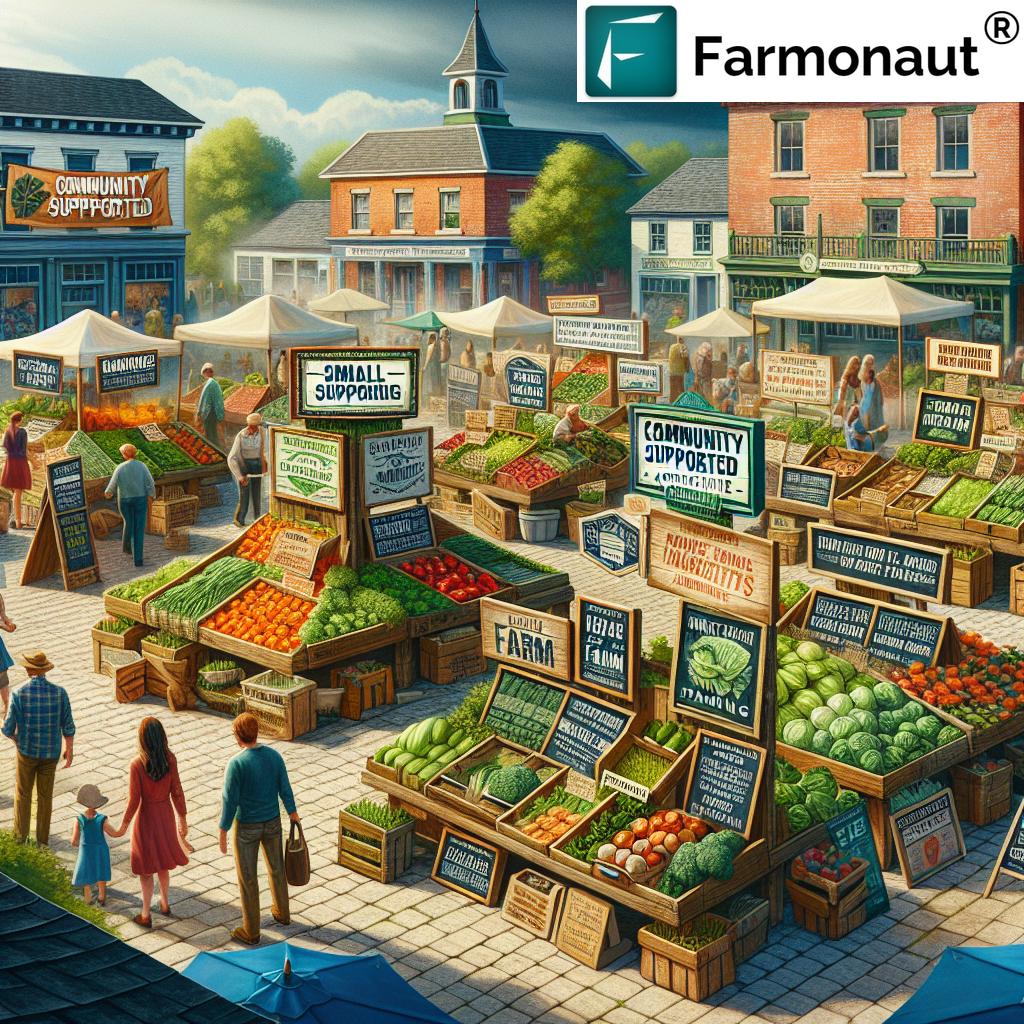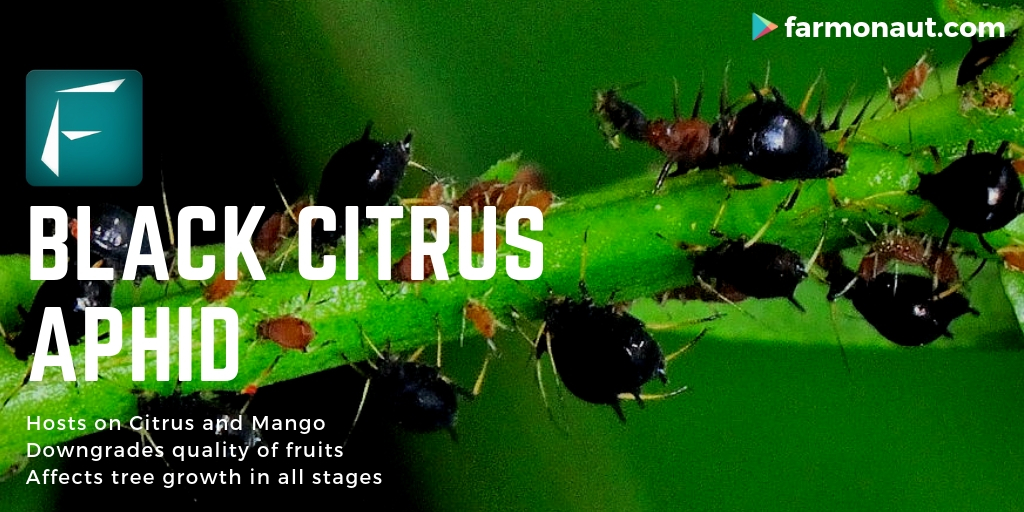Agriculture Questions, Loan Qualifications & Testing Lab: Advancements and Challenges in Agricultural Practices and Support Systems in 2025
“Over 60% of 2025 agriculture labs use advanced carbon sequestration tests to boost environmental sustainability.”
Introduction: The Agricultural Landscape in 2025
Agriculture remains a cornerstone of global sustenance and economic development as we stride into 2025. The sector is driven by the urgent need to feed a rapidly growing population, while also managing environmental impact and ensuring financial viability. The ecosystem is complex, with key areas such as agriculture questions, agriculture loan qualifications, agricultural carbon sequestration, agriculture pesticides, and agriculture testing lab interconnecting to support innovation and sustainable growth.
Recent advancements—including AI-driven decision-support tools, advanced testing laboratories, and evolving loan frameworks—mean that stakeholders like farmers, financial institutions, and policymakers must continually adapt. In this comprehensive guide, we’ll explore how agricultural questions are being answered, how loan qualifications have changed, the rise of carbon sequestration as a climate solution, the shift toward sustainable pesticide use, and the critical role of agriculture testing labs.
Whether you’re a farmer seeking insights on precision crop management, a banker evaluating new agriculture loan qualifications, or a policymaker focused on environmental sustainability, these insights offer a roadmap to the opportunities and challenges of 2025.
Addressing Agriculture Questions with Technology and Knowledge
Today’s agriculture questions are more complex than ever. Modern stakeholders demand granular answers on everything from soil health and weather patterns to integrated pest management and yield predictions. In 2025, technology is at the forefront, empowering farmers and experts with the tools, data, and insights needed to make optimal decisions.
AI Platforms & Consultative Services: Elevated Support for Agriculture Questions
- AI-Driven Decision Support: Advanced platforms analyze satellite imagery, IoT sensor data, and historical trends to provide real-time responses for agriculture questions. These systems suggest optimal planting times, irrigation schedules, and best-fit pest management strategies.
- Weather Pattern Analysis: Leveraging satellite and AI integration, modern solutions model climate variability and weather changes at both micro and macro levels, helping farmers anticipate and adapt to disruptions.
- Soil & Crop Health Monitoring: Accessible soil health insights from IoT sensors and remote satellite monitoring drive improved yield predictions and informed fertilizer usage.
- Disease & Infestation Early Warning: Real-time alerts for pest infestations are made possible by AI, coupled with satellite imagery for large-scale crop monitoring.
- Knowledge Sharing: Consultative platforms and digital advisory services ensure that even smallholders in remote regions benefit from the latest agricultural knowledge and best practices.
The integration of technology not only answers complex agriculture questions but also empowers farmers to enhance productivity, build resilience against climate variability, and transition toward more sustainable systems.
A great example—services like Farmonaut’s remote satellite monitoring—allow users to access NDVI (Normalized Difference Vegetation Index) analysis and soil moisture maps for targeted actions. This reduces guesswork and supports sustainable intensification.
Interested in optimizing your farm with real-time satellite data? Check out Farmonaut’s Large Scale Farm Management solutions for streamlined, tech-driven decisions.
Evolving Agriculture Loan Qualifications: Credit, Sustainability & Technology in 2025
Financial support remains vital for agricultural progress, but the criteria for agriculture loan qualifications have evolved significantly. In 2025, loan qualifications increasingly reflect a focus on sustainability, productivity, and climate risk management.
How Have Agriculture Loan Qualifications Changed?
-
Integration of Sustainability Metrics:
- Banks and financial institutions require farmers to demonstrate the implementation of sustainable practices. This can include documented reduction in chemical pesticide use or verified carbon sequestration techniques.
-
Use of Technology for Verification:
- Loan providers increasingly rely on satellite-based verification and analytics platforms like Farmonaut to audit farm productivity data, soil health, and climate exposure profiles.
-
Expanded Risk Assessments:
- Comprehensive climate risk exposure analyses—including drought, flood, and pest outbreak scenarios—are now common during the loan qualification process.
-
Incentives for Regenerative Agriculture:
- Participation in regenerative agriculture programs and adoption of carbon-friendly practices can improve credit scores and result in better terms for agricultural loans.
Key Considerations for Agriculture Loan Qualifications
- Data-Driven Assessments: Productivity, history of compliance, and implementation of environmentally friendly practices weigh heavily in 2025.
- Digital Traceability: Blockchain-backed records offer transparent proof of practice adoption, further improving trust in lending decisions.
- Fraud Reduction: Satellite verification has reduced fraudulent claims and helped more smallholder farmers access loans.
Explore Farmonaut’s Satellite-Based Loan & Insurance Verification tools—ideal for financial institutions and farmers seeking streamlined, secure, and climate-resilient funding.
Agricultural Carbon Sequestration as a Climate Solution
Carbon sequestration in agriculture is gaining remarkable prominence as both an environmental safeguard and a tool for improving soil health. In 2025, sustainable carbon sequestration practices are well-integrated into mainstream farming, aligning economic benefits with the push to combat climate change.
What is Agricultural Carbon Sequestration?
- Definition: The process by which crop and soil management practices capture atmospheric carbon dioxide (CO₂) and store it in soil organic matter or plant biomass.
- Benefits:
- Mitigates climate change by lowering greenhouse gas concentration
- Improves soil structure, water retention, and nutrient availability
- Boosts crop productivity and long-term farm resilience
Key Carbon Sequestration Techniques in 2025
- Cover Cropping: Increases organic matter and prevents erosion.
- Agroforestry: Diversifies plant systems to store more carbon above and below ground.
- Reduced Tillage: Minimizes soil disturbance, helping organic carbon accumulate.
- Biochar Application: Locks carbon in stable forms while enhancing soil health.
- Integrated Livestock Management: Rotational grazing for improved soil carbon and pasture health.
Governments and the private sector now operate carbon credit schemes, rewarding farms that demonstrably implement sequestration practices. Measurement standards have been harmonized to ensure transparency and fair farmer compensation.
Interested in benchmarking your farm’s environmental data? Our Carbon Footprinting Solution provides satellite-based monitoring, advanced analytics, and compliance tools for reporting and improvement.
Farmonaut’s Jeevn AI Advisory integrates real-time environmental and soil health data, providing farmers with actionable recommendations to increase soil organic carbon and reduce overall emissions—driving both profitability and sustainable growth.
Leverage AI, satellites, and real-time support via Farmonaut’s mobile and web platforms to access up-to-date environmental insights for your operations.
Sustainable Use of Agriculture Pesticides: Precision, Safety, and Regulation
While pesticides remain a key tool to protect crops from infestations and disease, the future is shifting toward sustainable approaches that minimize negative environmental impacts. In 2025, farms employ a blend of precision application technologies and biopesticides to achieve safer and more efficient outcomes.
How Are Pesticides Used More Responsibly in 2025?
- Precision Pesticide Application:
- Drone and automated systems target only affected crop areas, reducing chemical usage and environmental contamination.
- Integrated Pest Management (IPM): Combines monitoring, biological controls, resistant varieties, and targeted pesticide use for a holistic pest management approach.
- Adoption of Biopesticides: Derived from natural organisms such as bacteria, fungi, or plant extracts; biopesticides are often safer and less polluting than synthetics.
- Regulatory Oversight: Updated 2025 frameworks require residue monitoring, phased-out hazardous substances, and enforce usage training for safer application.
“By 2025, precision pesticide application technology reduces chemical use by up to 40% in modern farms.”
The integration of bio-pesticides—like those inspired by spinach peptides—marks a paradigm shift in crop protection, helping farmers manage disease outbreaks without resorting to excessive chemical use.
Additionally, Farmonaut’s satellite-based real-time monitoring helps identify pest hotspots quickly and accurately, supporting integrated pest management (IPM) and precision pesticide usage for maximum effect and environmental safety.
For reliable data and advanced monitoring tools, developers can connect directly via our open API or review Developer Docs here.
Role of Agricultural Testing Lab: Ensuring Productivity & Environmental Safety
Testing laboratories are the vital backbone for verifying product quality, safety, and compliance in the agricultural sector. In 2025, agriculture testing labs are more advanced, affordable, and integrated into daily farm operations than ever before.
Core Agriculture Testing Lab Services
- Soil Nutrient Profiling: Digital and AI-enhanced soil testing measures nutrient content, pH, organic carbon, and trace minerals crucial for optimal crop productivity.
- Pesticide Residue Analysis: Ensures crops meet national and international maximum residue limits—essential for both public health and export compliance.
- Microbial and Mycotoxin Detection: Protects food safety by detecting harmful microbes or toxins.
- Genetic Testing for Crop Improvement: Identifies desirable crop traits or verifies organic certification.
Technologies Empowering Agriculture Testing Lab Capabilities
Agricultural testing labs use advanced equipment such as spectroscopy, chromatography, and molecular diagnostics. These improvements:
- Speed up the testing process
- Enhance data accuracy and reliability
- Support soil, crop, and pest monitoring for long-term sustainability
At Farmonaut, we see satellite-assisted testing lab integration as pivotal for rapid, large-scale monitoring. Our platform provides digital field analytics, real-time alerts, and quality control assurance so farms and businesses can comply with standards and access high-value markets.
For transparent supply chains and product security, check out our Blockchain-based Traceability Suite.
Agriculture testing labs also play a vital role in regional and global food security: identifying new contaminants, guiding remediation strategies, and supporting resilient food systems in a changing climate.
Comparative Feature Table: 2025 Agriculture Advancements
| Technology/Practice Name | Main Purpose | Estimated Adoption Rate 2025 (%) | Environmental Impact | Productivity Improvement (%) | Availability |
|---|---|---|---|---|---|
| Precision Agriculture (AI & IoT) | Optimize crop management, minimize input costs | 65% | Significant reduction in water, fertilizer, & pesticide use | 20-30% | Widespread |
| Biofertilizer Integration | Replace synthetic fertilizers, enrich soil | 48% | Moderate, safer for ecosystems | 10-18% | Regional |
| Digital Soil Testing Labs | Offer accurate soil health diagnostics | 68% | Positive (supports nutrient optimization) | 12-25% | Widespread |
| Remote Crop Health Monitoring (Satellite) | Early detection of stress/pests & field variability | 70% | Substantial (reduces over-application of chemicals) | 12-20% | Widespread |
| Carbon Sequestration (Agroforestry/Biochar) | Store carbon in soil, enhance soil health | 40% | Strong positive (GHG reduction) | 8-17% | Pilot/Regional |
| Advanced Biopesticides | Biological pest control | 33% | High, safer for non-target species | 8-15% | Regional |
| Blockchain Product Traceability | Supply chain transparency, fraud reduction | 29% | Neutral (focuses on data integrity) | Market access advantage | Pilot/Regional |
| Automated Fertilizer Application | Reduce nutrient waste, targeted fertilization | 58% | Moderate (decreases leaching/runoff) | 10-16% | Widespread |
| Pesticide Drift-Reduction Drones | Precision spray application | 36% | Significant (40% chemical reduction) | 7-14% | Pilot/Regional |
How Farmonaut Empowers Agriculture Questions, Loan Qualifications & Testing Lab Advancement in 2025
At Farmonaut, we are committed to democratizing access to affordable satellite-based insights and unrivaled AI advisory for the entire agricultural ecosystem—including farmers, agribusinesses, governments, financial institutions, and developers.
- Satellite Crop Health Monitoring: Our remote sensing tools provide real-time field health analysis using NDVI, soil moisture, stress alerts, and much more—all accessible via Android, iOS, web, or API (see our platform).
- AI and Blockchain Integration: We provide detailed, tailored crop management, yield prediction, and traceability analytics with our Jeevn AI and blockchain modules (learn more about traceability).
- Satellite-Based Loan & Insurance Audits: Financial institutions rely on our APIs and digital tools for satellite verification during loan application, risk assessment, and insurance processing (explore our crop loan support).
- Comprehensive Data Access: We support both individual and enterprise needs, with modular, scalable pricing plans, developer APIs (API access here), and extensive API docs.
- Environmental & Carbon Footprint Monitoring: Our platform helps users monitor, report, and improve their environmental impact—supporting compliance, sustainability certifications, and carbon market participation (carbon footprint services).
FAQs: Agriculture Questions, Loan Qualifications & Testing Lab in 2025
-
What are agriculture questions most frequently asked in 2025?
Common questions revolve around crop yield predictions, optimal planting and harvesting schedules, pest/disease outbreak detection, and sustainable input usage. AI-based tools and satellite platforms now deliver real-time, data-driven answers across these areas.
-
How do agriculture loan qualifications differ now compared to previous years?
Loan qualifications in 2025 integrate environmental metrics, satellite-verified productivity records, and participation in regenerative or sustainable agricultural programs. Lenders also assess risk from climate variability using advanced analytics.
-
What is agricultural carbon sequestration and why is it important?
Agricultural carbon sequestration refers to practices that capture and store atmospheric CO₂ in soils and plants. It’s critical for mitigating climate change, improving soil health, and providing farmers with income via carbon credits and sustainability incentives.
-
Are agriculture pesticides still widely used, and how are risks minimized?
Yes, but their use is increasingly targeted and reduced through precision application, biopesticides, and integrated pest management. Regulatory oversight and technology minimize risk to non-target species, human health, and the environment.
-
How do agriculture testing labs add value in 2025?
Labs provide rapid, reliable diagnostics for soil nutrients, pesticide residues, microbial contamination, and crop genetics. They are integral for export compliance, food safety, and supporting on-farm decision-making with accurate, actionable data.
-
Can smallholder farmers access these advancements affordably?
Yes. Satellite and AI-driven solutions like Farmonaut, combined with regional digital labs and affordable mobile platforms, are specifically designed to lower the cost barrier for farms of all sizes. Modular subscriptions and free advisories enhance inclusivity.
Conclusion: Integrated Progress for Sustainable Farming & Agricultural Support in 2025
The agricultural sector in 2025 stands as a dynamic ecosystem, shaped profoundly by innovation, environmental urgency, and evolving economic models. Modern agricultural questions are answered by satellite technologies, real-time decision platforms, and AI advisories, while loan qualifications incentivize sustainability and risk management.
Carbon sequestration emerges as a front-running climate solution offering synergistic benefits for soil health and farm profitability. The use of pesticides balances productivity with environmental protection—spurred by precision application, biopesticides, and integrated strategies. Meanwhile, agriculture testing labs and advanced analytical services stand at the heart of safe, high-quality food production.
At Farmonaut, our mission is to enable these advancements through accessible, scalable technology—providing data, support, and actionable insights for every level of the agricultural value chain.
As we move beyond 2025, an integrated, tech-enabled approach is essential for addressing changing climate, regulatory, and market realities—ensuring sustainable growth, food security, and the long-term health of our planet.
Monitor and manage your carbon footprint for compliance and new market opportunities.
Strengthen supply chain confidence with blockchain-backed product traceability.
Harness large-scale farm management tools and remote analytics—available from anywhere, anytime.
Optimize logistics and resource management with satellite-based fleet solutions.











